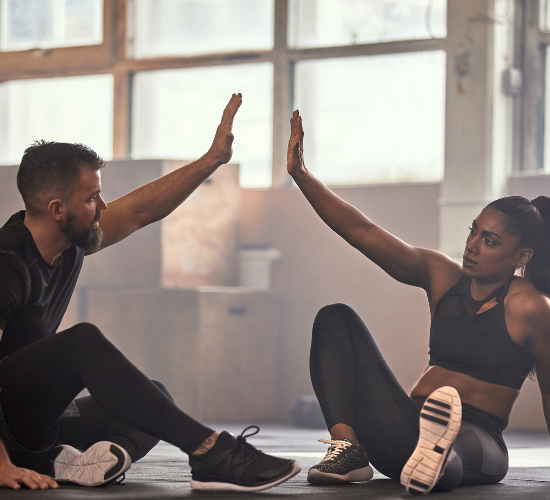In today’s fast-paced world, more and more individuals are striving for improved fitness and well-being. While general exercise and activity can offer a multitude of health benefits, there’s a growing recognition of the significance of corrective fitness. This personalized approach to training focuses on identifying and rectifying individual physical imbalances and dysfunctions, ensuring not just improved physical appearance but also long-term health and functionality. Below, we explore the manifold benefits of corrective fitness.
- Injury Prevention: One of the foremost benefits of corrective fitness is the prevention of injuries. By identifying and addressing musculoskeletal imbalances and weaknesses, this approach can significantly reduce the risk of injuries both during workouts and in daily life.
- Improved Posture: Modern lifestyles often lead to posture-related issues, such as rounded shoulders from sitting at a desk or neck strain from looking at screens. Corrective fitness exercises strengthen and lengthen the necessary muscles, promoting better posture and alleviating associated pain and discomfort.
- Enhanced Movement Efficiency: By targeting specific weak areas and improving joint mobility, corrective fitness can lead to smoother, more efficient movement patterns. This means performing daily tasks or athletic endeavors with less effort and greater proficiency.
- Increased Functional Strength: Corrective exercises often emphasize compound movements that work multiple muscle groups simultaneously. This approach not only strengthens muscles but also teaches them to work together harmoniously, improving overall functional strength and capability.
- Pain Reduction: Many people experience chronic pain as a result of muscle imbalances, joint issues, or poor movement patterns. Corrective fitness can be a crucial tool in reducing or even eliminating this pain by addressing its root causes.
- Personalized Approach: Every individual has unique physical characteristics, strengths, weaknesses, and goals. Corrective fitness offers a tailored approach that specifically caters to individual needs, ensuring more effective and targeted results.
- Enhanced Athletic Performance: Athletes, from amateur to elite, can significantly benefit from corrective fitness. By honing in on specific imbalances and weaknesses, athletes can unleash greater potential, improve performance, and reduce the risk of sport-related injuries.
- Long-term Health: By addressing and rectifying physical issues early on, corrective fitness can pave the way for improved long-term health. It promotes joint health, reduces wear and tear on the body, and ensures that muscles and joints function optimally throughout life.
- Mental Well-being: Achieving physical balance and reducing pain can have profound effects on mental health. Reduced pain means better sleep, improved mood, and a general increase in the quality of life. Plus, knowing that you’re taking proactive steps towards long-term health can offer significant peace of mind.
- Improved Body Awareness: Engaging in corrective fitness often involves tuning into subtle body sensations and understanding how different parts of the body are interconnected. This heightened body awareness can be immensely valuable, not only in preventing injuries but also in enhancing overall physical performance and capability.
In conclusion, while general fitness routines offer numerous benefits, the specialized focus of corrective fitness ensures that individuals can achieve optimum health, functionality, and performance. By addressing the root causes of physical imbalances and tailoring exercises to individual needs, corrective fitness offers a comprehensive and sustainable path to well-being. Whether you’re an athlete looking to elevate your performance, someone recovering from an injury, or simply someone wishing for a healthier lifestyle, incorporating corrective fitness into your regimen can lead to transformative results.










































